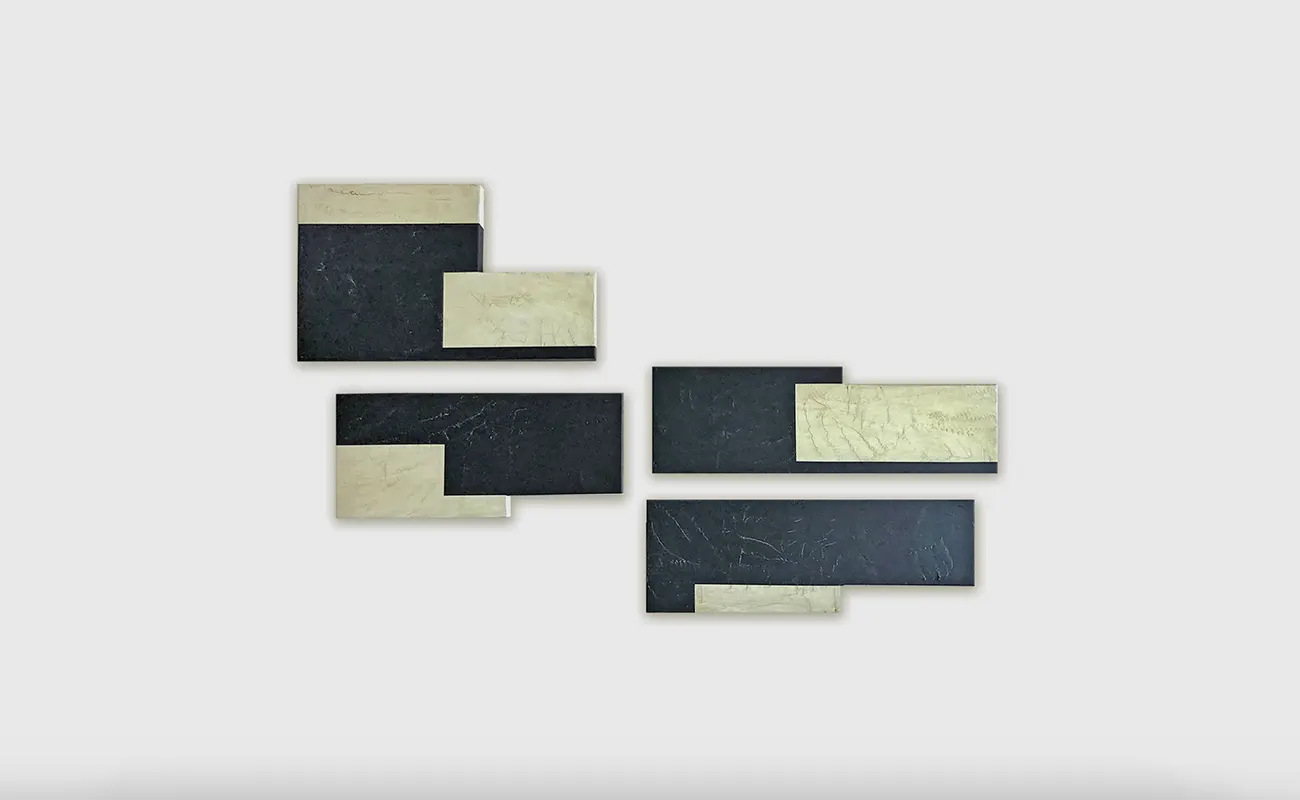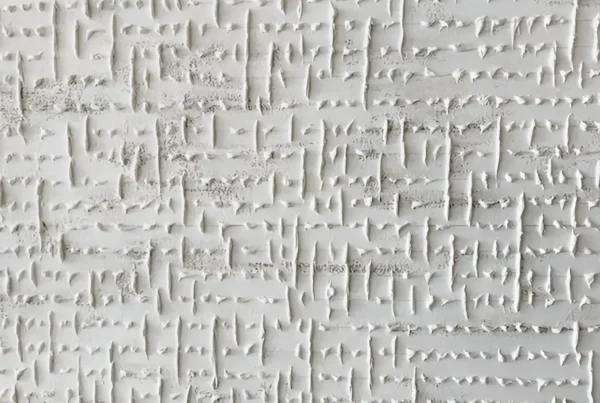“I do not believe that my art can move mountains. But I deeply hope that it can move an individual. That is my mission, my purpose as an artist. To touch a life, to awaken a spirit, to inspire a change, however small, within the human heart.”
Dusa Jesih: Painting a Legacy
Dusa Jesih, a preeminent Slovenian artist, weaves a rich tapestry of artistic heritage into her work, drawing from a lineage steeped in art and creativity. Born into a family of artists, Jesih’s father, a painter, and her mother, a journalist, along with uncles who were architects and poets, imbued her environment with a deeply ingrained artistic sensibility. This familial influence is a cornerstone of Jesih’s artistic journey, shaping her perspective and approach to art. Her early inclinations towards visual expression were nurtured in her father’s studio, a haven where her burgeoning talent began to flourish.
Jesih’s formal foray into the art world was through graphic design studies, laying the foundation for her distinct artistic language. This was further honed at the Academy, where she earned her MA in painting. Her works, marked by bold geometric forms and a minimalist color palette, delve into profound themes such as memory, personal reflection, and the human condition. These paintings strike a chord with viewers, resonating on a deeply personal level. Jesih’s ability to convey complex emotions through concise visual elements is a testament to her belief in the power of simplicity and clarity in art.

Dusa Jesih: The Artistic Process Unveiled
Dusa Jesih’s creative process is a harmonious blend of modern digital techniques and traditional painting methods. Her journey begins in the digital realm, where ideas take shape through software like Adobe Illustrator and Photoshop. This phase of conceptualization and sketching on the computer is crucial, as it allows Jesih to refine her vision before committing it to canvas. The transition from digital to physical is where her art takes on a tangible form, employing acrylic paints and other time-honored techniques to bring her sketches to life.
The artist’s chosen medium of acrylic paint enables her to experiment with texture, creating layered, tactile surfaces that add depth to her work. Jesih’s fascination with digital tools extends to graphic design, where she uses these technologies to conceptualize and produce digital prints. This versatility also sees her dabbling in mixed media, collage, and murals, showcasing her adaptability and willingness to explore new artistic avenues. Jesih’s process is meditative, allowing her to delve into her subconscious and produce artworks that resonate both personally and universally. Her paintings are invitations to viewers, encouraging them to embark on a journey of introspection and emotional exploration.

The Inspirational Tapestry of Dusa Jesih
Dusa Jesih’s artistry is a melting pot of diverse influences and inspirations, forming a unique and compelling visual language. Her fascination with the natural world, architectural forms, and the human figure is evident in her work, where these elements are often abstracted into geometric shapes and forms. The interplay of light and shadow is a recurring theme in Jesih’s paintings, skillfully employed to create depth and atmosphere. This skillful manipulation of light not only enhances the aesthetic appeal of her work but also adds a layer of emotional depth, inviting viewers to engage with the art on a more profound level.
Jesih’s artistic influences are as eclectic as they are profound. Her work echoes the pioneering spirits of artists like Ligia Clark, Eileen Gray, Piet Mondrian, Kazimir Malevich, and Joan Miró. These artists, known for their radical approaches and exploration of art’s boundaries, resonate deeply with Jesih. Her application of Gestalt psychology principles in her paintings is particularly notable. By utilizing geometric shapes and lines, Jesih adheres to concepts such as similarity, closure, figure-ground relationships, and proximity. This approach does more than create visual appeal; it demonstrates the principle of Prägnanz, where her minimalist style effectively conveys complex emotions with minimal visual elements. This technique offers viewers a unique space to interact with and interpret her work, making each encounter with her paintings a personal experience.

A Profound Journey Through “Loophole I. & II. – Whole, polyptych | (De)construction”
In one of her most thought-provoking works, “Loophole I. & II. – Whole, polyptych | (De)construction”, Dusa Jesih showcases her mastery in combining geometric abstraction, symbolism, and surrealism. This artwork is a complex narrative woven in black and white geometric shapes, creating an illusion of depth and movement. A closer examination reveals the fragmented swastika symbol, ingeniously reconfigured to challenge its historically negative connotations. Jesih’s bold reinterpretation suggests a transformative narrative, turning a symbol of destruction and hatred into one of love and peace.
The painting’s title further amplifies this theme. “Loophole” suggests an escape from the swastika’s dark legacy, while “(De)construction” alludes to Jesih’s process of breaking down the symbol to explore its multifaceted meanings. This polyptych stands as a testament to the evolving nature of symbols, reminding us of their capacity for change over time. Created in 2018, amid a resurgence of neo-Nazism and white supremacy, the painting gains additional significance, becoming a visual commentary on these dangerous ideologies. Its exhibition in Ljubljana, a city with a history marked by Nazi influence, adds another layer to its impact, symbolizing resistance and resilience in the face of adversity.






